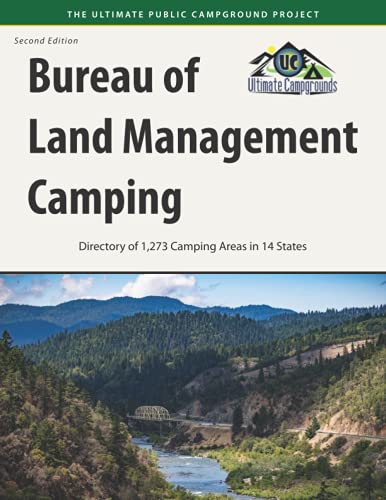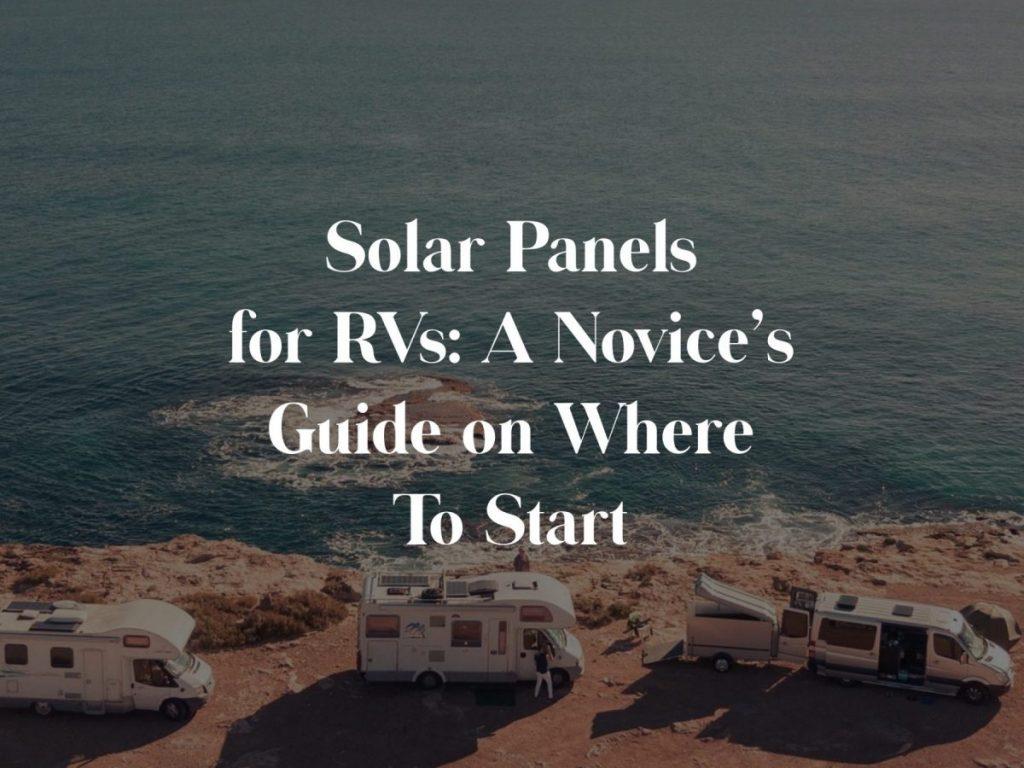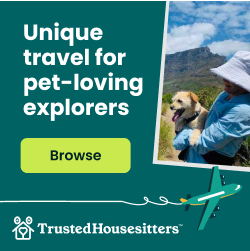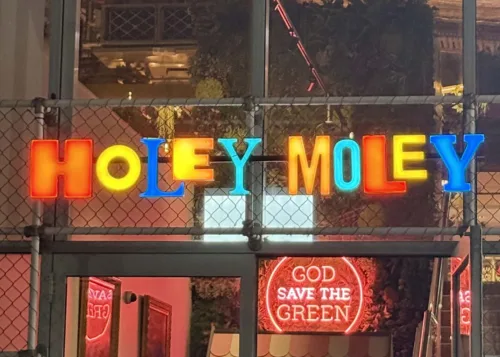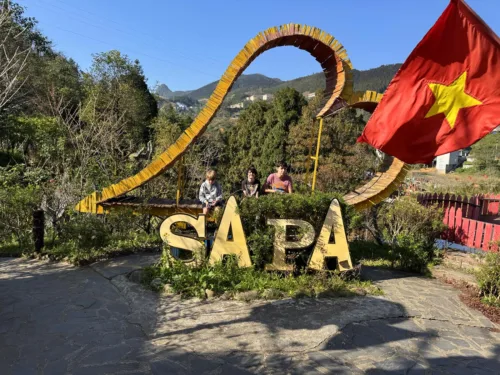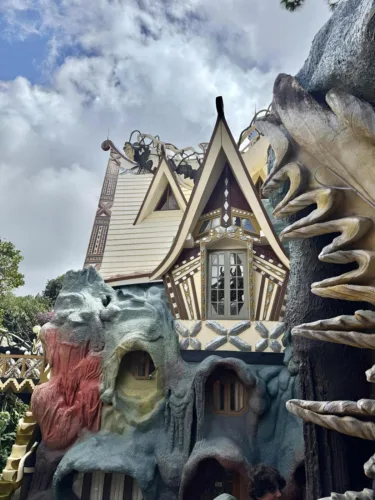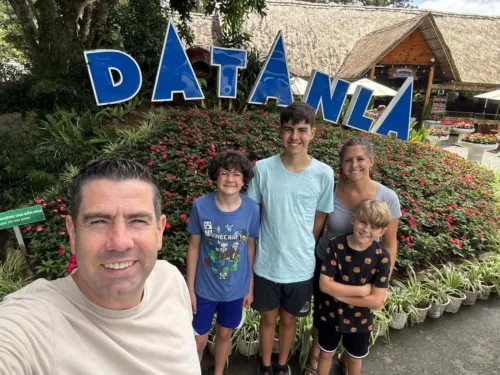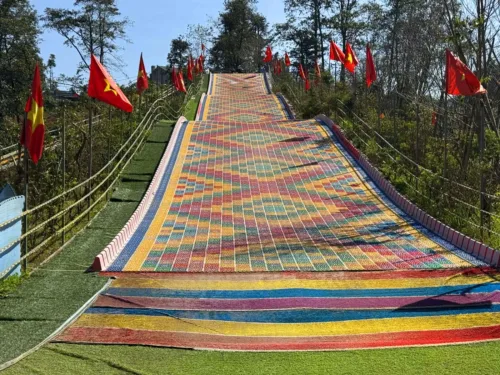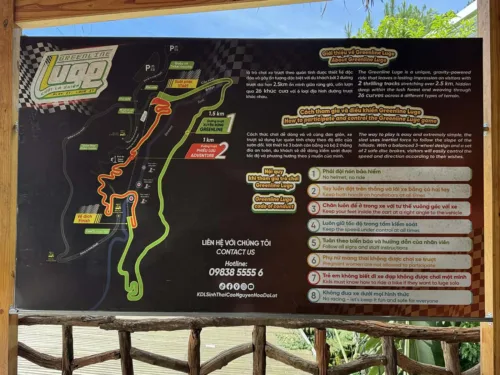Disclaimer: This article contains affiliate links. If you choose to make a purchase by clicking on a recommendation, we will receive a commission at no cost to you. Someone’s gotta pay for the gas.
What does BLM (Bureau of Land Management) mean?
What does ‘BLM’ stand for? Camping on public land is managed by the Bureau of Land Management (BLM), a United States government department that manages public federal lands like national conservation lands and national forests. (In Canada, public land is known as Crown Land).
BLM-managed lands are available for public use – such as camping, target practice, and off-road vehicle use. There are BLM campgrounds and areas throughout the US, but the largest concentration is in the Desert Southwest (Utah, Nevada, California, Arizona, and New Mexico).
Some of the dispersed BLM campsites are areas where you pull off from the main highway for overnight parking. Others are protected wilderness areas or national conservation areas (sometimes called backcountry camping) set aside to preserve the habitats of wildlife in the area.
You will also find historic trails that are being preserved by the federal government for present and future generations.
BLM manages lands that allow RV camping next to scenic rivers, valley views from mountain tops, mountain views from foothills, dry lake beds, and cliffs. It’s not unusual to see livestock grazing through the wilderness, and sometimes the only signs a human has been there before are pit toilets off in the distance (or a hot air balloon landing).
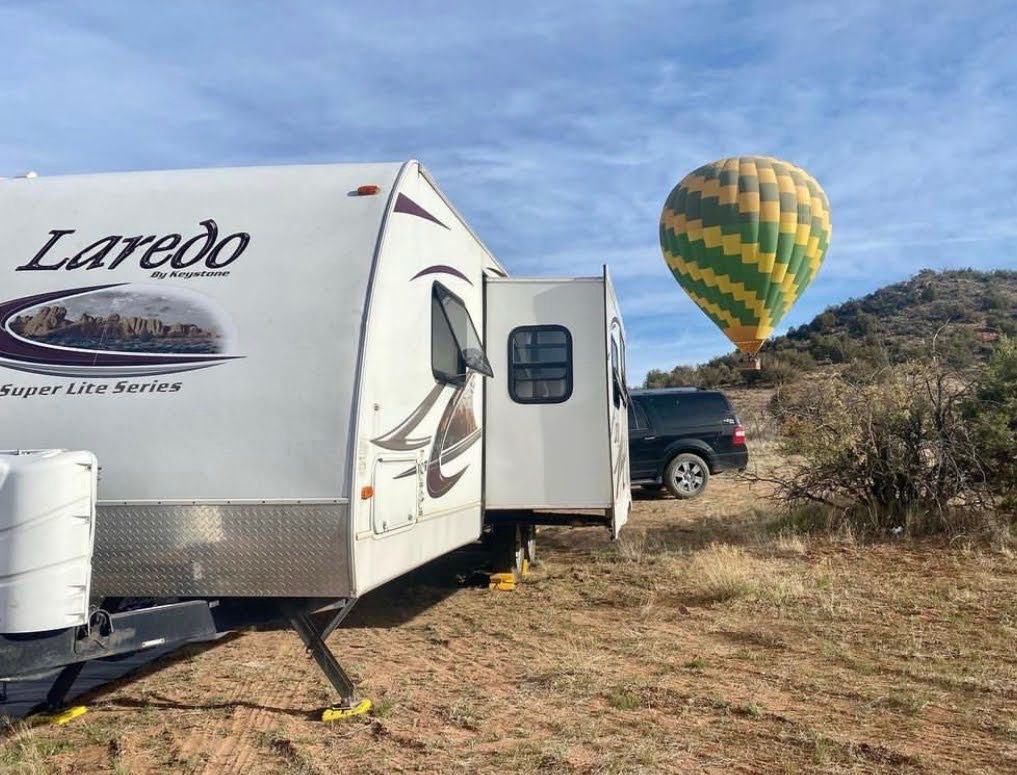
RVing on BLM land near Sedona, AZ
We didn’t camp on public lands very often in our first year of RVing since the camping on BLM land is mostly dry camping with no water or electric hookups, and we didn’t yet have solar panels.
(If that’s your situation too, you might be interested in these 9 ways we cut our campground expenses in half our second year on the road.)
Also, there isn’t as much BLM available in the eastern states (most are west of the Mississippi River). And there’s almost no BLM land in Florida where we travelled to in our first year. Instead, we use Harvest Hosts if we want to save money by dry camping in the east. (Check out a Harvest Hosts membership here.)
For a deep dive to answer all of your questions, check out the Bureau of Land Management Camping Book.
Since installing solar and lithium batteries in our travel trailer, we have spent most of the winter in the US on BLM land. Our first stop was the south entrance of Joshua Tree National Park:
We have discovered that we love boondocking. We don’t often pay for a campsite at a BLM campground or a National Park since we can park our RV on free, undeveloped, public land within proximity of these popular spots.
Locals run some of the BLM campgrounds on BLM land. They have RV hookups available at these campgrounds. Primarily, whenever you hear the term ‘BLM camping’, it refers to free camping on public land with no hookups.
You’ve probably already searched online for “BLM land near me” if you enjoy boondocking. If your online searches haven’t given you the results you’re looking for, here are our recommended tools:
Where to Find BLM Campgrounds
We use campendium.com to find areas where we can camp overnight on BLM land. While there are other websites and apps to find BLM land (like the Dyrt or ioverlander.com) which are meant to help off-road campers and people who enjoy camping on rugged land while tenting, Campendium gives us the information we need: how accessible the area is for our truck and travel trailer, as well as how much cell signal we can expect to have consistent internet coverage.
For us, this is important since we run our business from our RV.
How to Find Free Camping Spots (Dispersed Camping) on BLM Land
After we have followed our GPS coordinates and arrived at the area to set up camp, how do we know where exactly it is that we are allowed to park our RV?
We had this concern when we first started boondocking. BLM is mostly open land – very few structures (other than the rare pit toilet), rarely paved roads, and there is often not much signage.
You’ll find that unless you’re going off-roading (which most of us aren’t with an RV), you’ll see dirt roads in BLM areas, so you’ll know where to drive. Along the dirt roads will be turnouts where you can pull off and park your RV. Sometimes there will be some obvious indicators of camping spots, like metal fire rings or fire rings made out of a circle of rocks from a previous guest, and sometimes there might even be a picnic table or marked campsites.
We’ve found marked campsites are much more common in National Forests and at boondocking locations in Canada. The desert southwest BLM camping areas are often dried-out lake beds or foothills near mountains with some dirt roads with turnouts.

At this BLM area in Montana, it was just an open field where you could park wherever you’d like
Is It Safe to Camp on BLM Land That’s Not A BLM Campground?
We haven’t had any concerns for our safety while camping on BLM land, (Georgia, California, throughout Canada) but we also consider these few things when out in the desert:
Arrive Before Dark
We never plan to arrive after dark, even as a contingency.
Arrive during daylight hours so you can avoid driving on sharp rocks and cacti, decide where is an appropriate place to park, and give yourself time for a plan B option if you don’t feel safe in a particular area.
There are no streetlights on public land, and while you might imagine your headlights are sufficient, you’d be surprised by the tunnel vision that happens when your peripheral is taken away in the dark of night.
One night while dry camping with friends in the desert, I ran out of propane (rookie mistake). Since our fridge runs on propane, I had to make a trip into town to refill our tank.
Even at 9 pm with our outside lights on in the RV, our friends shining their flashlights on the road where I needed to drive, and my high beams on, I still drove over a dead cactus lying on the side of the dirt road.
If something comes up and we can’t get where we want to be before dark, we’ll find an alternative option at a nearby campground or stay overnight in a Walmart parking lot.
Wildlife Lives on BLM Land
You are bringing your RV to stay where wildlife may have walked freely just the night before. Stay away from plants that wildlife may be foraging for, and don’t wander far from a well-lit area near your RV or sit by a campfire if you’re going to be out in the dark.
We’ve had experiences where we could hear coyotes just outside our windows, had bison walk within a few feet of our RV, and had deer foraging for grass between our travel trailer and our unhitched vehicle.
Give wildlife space, and don’t do anything that could startle them into reacting.
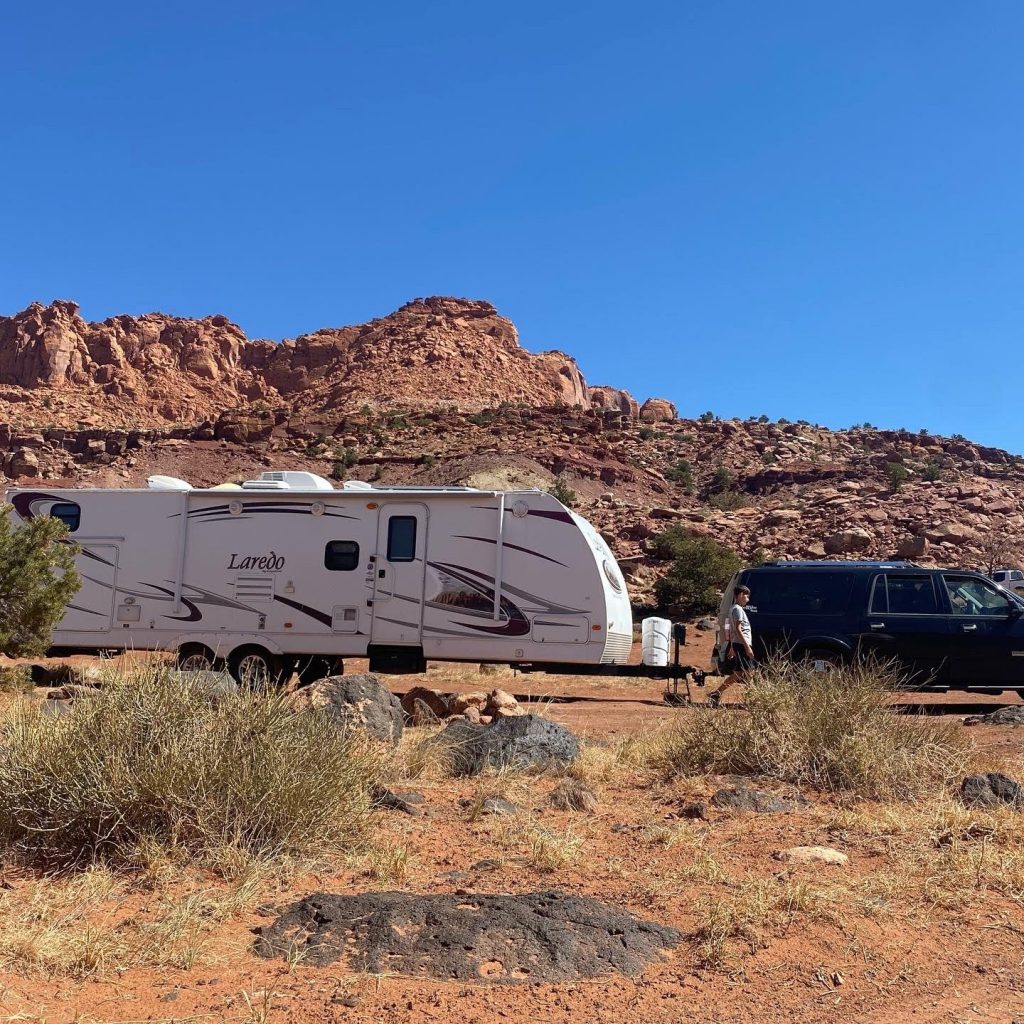
Free BLM camping land in Sedona, Arizona
Other Campers on BLM land
We’ve had great experiences meeting other people on BLM land – one time, someone asked us to help jump-start their car just north of Joshua Tree, California which was one of our favourite places to camp for free in Southern California, and another time, there was a family who saw we had kids and asked if we wanted to join them for s’mores while we boondocked on the outskirts of Quartzsite, Arizona.
For the most part, we realize that people are camping in the desert because they want some time to themselves, so we don’t wander around trying to strike up a conversation with people who are boondocking nearby.
Common courtesy goes a long way. Don’t park too close to others when you have an entire desert to share, and don’t park between someone and their view of the mountains, lake, or whatever it is that they’ve positioned themselves close to.
Stay on BLM where you have cell signal
Even though Campendium helps you sort out which areas do or don’t have cell coverage, be sure to stay in a location where you have a cell signal to call 911 or get map directions on your phone to the nearest hospital if you’re unsure about how safe BLM land is.
Since we have three boys who love to be outside exploring, poking at things, jumping off things, and trying to wrestle with each other, we never want to be in an area where we can’t get medical help if needed.
Because of these requirements, that restricts where we can go to some degree. But if you’re concerned about safety, don’t go so deeply into an area where you can’t make a call if needed or get your vehicle to the road without having to crawl over rocks and washboard paths.
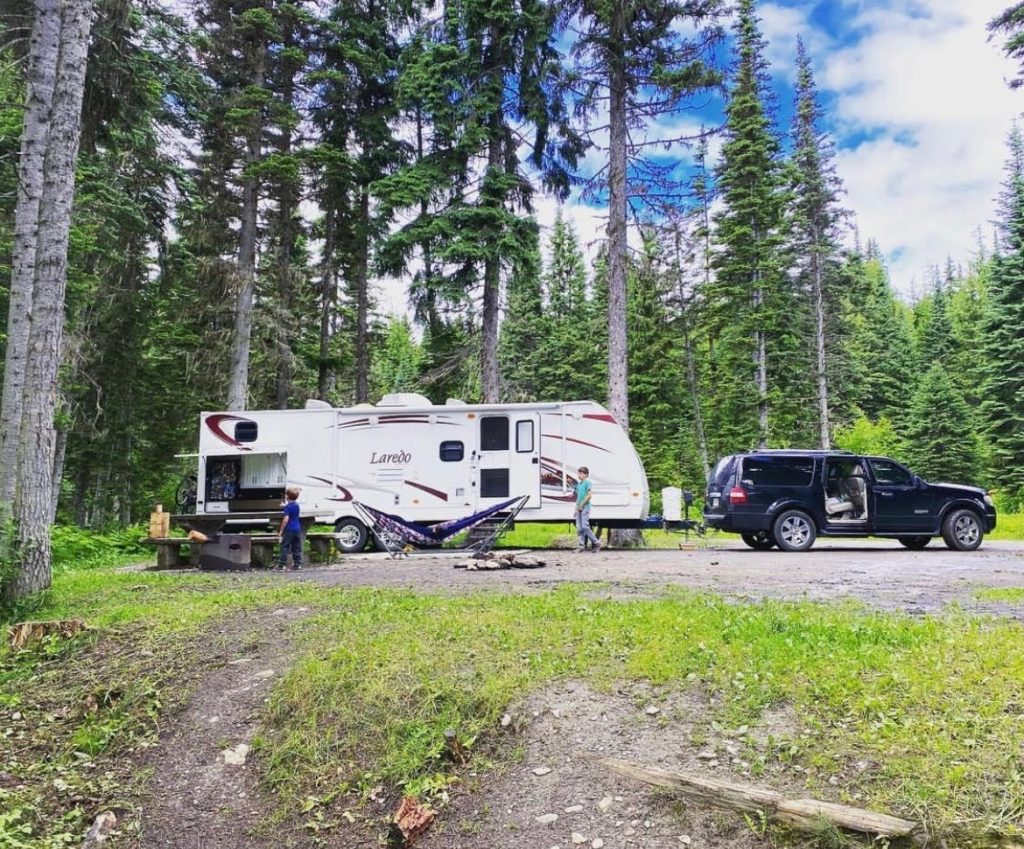
Public land (Crown Land) campsite in British Columbia, Canada
BLM Local Field Offices
There is often a Bureau of Land Management office near where you’re staying. So, if for some reason you feel unsafe, stop by the office during business hours. Since their job is land management, they’ll be quick to address the concern.
Since a visitor center or local field office is responsible for thousands of acres of undeveloped land and multiple BLM sites, you’ll want to be able to give emergency personnel specific information about your area if needed – a dropped pin on your interactive map can be helpful for them to be able to address a specific concern.
Is it Safe to Leave my RV Unattended on BLM Land?
Use your best judgment and go with your gut. If you’ve parked just off a highway, then you may not want to leave your RV unattended with people driving by. If you’re deep into the woods or not in plain sight, it might be less of a concern and a safer spot for you to unhitch your RV.
We’ll often unhitch our travel trailer from our truck to go into town or for an all-day hike. However, we have never left our trailer unattended overnight on BLM land.
Apple airtags have become a popular option for knowing that your RV hasn’t moved from where you left it, and they are easy enough to place in a drawer or under a bumper so they’re not quickly discovered.
If you have a bumper pull, trailer hitch locks can be a great deterrent for someone looking for a convenient opportunity to pull up their truck and tow your RV away.
Whether your RV is driveable or towable, you might consider replacing the factory-installed door latch with a heavy-duty RV door latch.
We take our laptops and wallets with us when we leave the RV on BLM land in case there is a break-in. All of that being said, we’ve yet to hear stories from anyone who’s had a problem with theft or break-ins while staying on BLM land.
BLM-Managed Campsites
We recently stayed in a BLM-managed campground. The views were nice, but there was nothing more unique about the campground than staying in any other campground when considering the amenities and price. Most BLM campgrounds aren’t distinguishable from privately owned campgrounds.
These campgrounds can be a helpful spot to use the dump station to empty your RV’s dirty tanks and fill up the fresh water tank since they may be the closest option to where you’re already boondocking in the desert. However, unless you need the electrical hookups (to recharge your batteries after multiple cloudy or rainy days), I’m sure you will enjoy staying on free, public land just like we do.
If you want a dispersed camping experience, staying at a Bureau of Land Management campground isn’t going to give you that experience.
How Much Does It Cost to Camp on BLM Land?
Most BLM land is open land without any hookups, so it’s free, but developed campgrounds will charge a nightly fee since you’ll be using their amenities, such as electricity, water, and possibly bathhouses.
There are various state-run public lands (not run by the federal BLM), and some of the state-run lands require a yearly permit ( they usually just a few dollars).
If you’re on public land that requires a permit, you’ll see a sign posted as you’re entering the area to let you know that a permit is required.
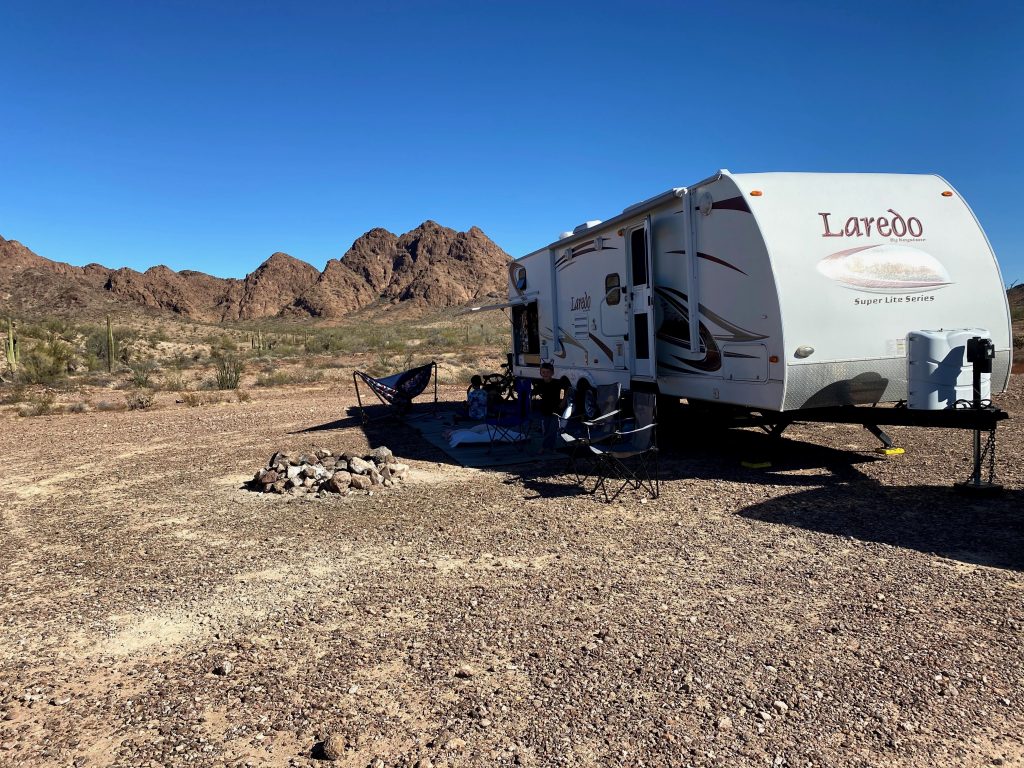
Boondocking on BLM land in Kofa National Wildlife Refuge
Essentials for Off-Grid Camping
Since you’ll be camping without hookups on BLM land, you need to consider these few essentials required for off-grid camping (sometimes called dispersed camping or boondocking).
We’ve put together some ideas on how to keep your RV cool while off-grid.
Essentials for a few nights of off-grid BLM Camping:
Here are some essentials if you’re tent-camping or if your RV isn’t set up to run very long off of the battery:
- Flashlights (and spares) with batteries
- Full propane tanks to run your propane fridge (our first year, we put bags of ice from the convenience store in the fridge since we only had an electric fridge and doing this kept our food cold for a few days).
- Use your propane stove/oven for cooking and reheating instead of your microwave
- Portable USB charger to keep your phone charged in case of emergency. (This one is our favourite since it’s a USB power bank with a built-in solar panel to recharge).
- Bottled water for drinking in case you lose the power to run your water pump.
- Awareness that your power is limited. Will you need to bring in a slide on your RV or put up the tongue jack before your battery hits zero so you can tow or drive away?
- Emergency first aid kit
- Fire Extinguisher
- Bear Spray
(You might also be looking for these tips to improve your RVing experience whether you’re off-grid or at a campground).

BLM land near Dinosaur National Monument on the Colorado/Utah border
Helpful items for a week or more of off-grid BLM Camping:
If you’re going to be off-grid for more than a few nights, then there are a few more items to consider that could be helpful, but what you need will depend on your goals. (We’ve boondocked as many as 10 nights at a time before needing to dump our tanks and refill our freshwater outside of Arches National Park).
For our lifestyle, we’re happy to camp on public land, and our boys are happy out there for a couple of days at a time. But, after more than 2 or 3 days, our boys would prefer to spend a day with friends, go to a local library, or have some fun with the Junior Ranger activities at a National Park.
This means that we’ll use restrooms while we’re in town to preserve space in our tanks, and we can pick up a couple of needed grocery items or run any necessary errands.
We have met people who find a spot on BLM land to stay for a couple of weeks at a time, and they take enough groceries for 14 days so that they don’t need to leave that spot for any reason other than a hike or two.
Depending on your goals for an off-grid camping experience (boondocking or dry camping), you may consider needing the following:
- RV Generator to recharge your batteries as needed
- Full propane tanks
- A planned menu and groceries for the amount of time you’ll spend off-grid
- A jug of purified water and a water dispenser (which you can refill while in town running errands to use as a backup if your tanks run out of fresh water)
- Funnel for refilling your water tank (we like this funnel with a flexible spout)
- Shower wipes to freshen up without using excess water
- Portable solar panels and batteries
- These tips on keeping your RV warm in the winter
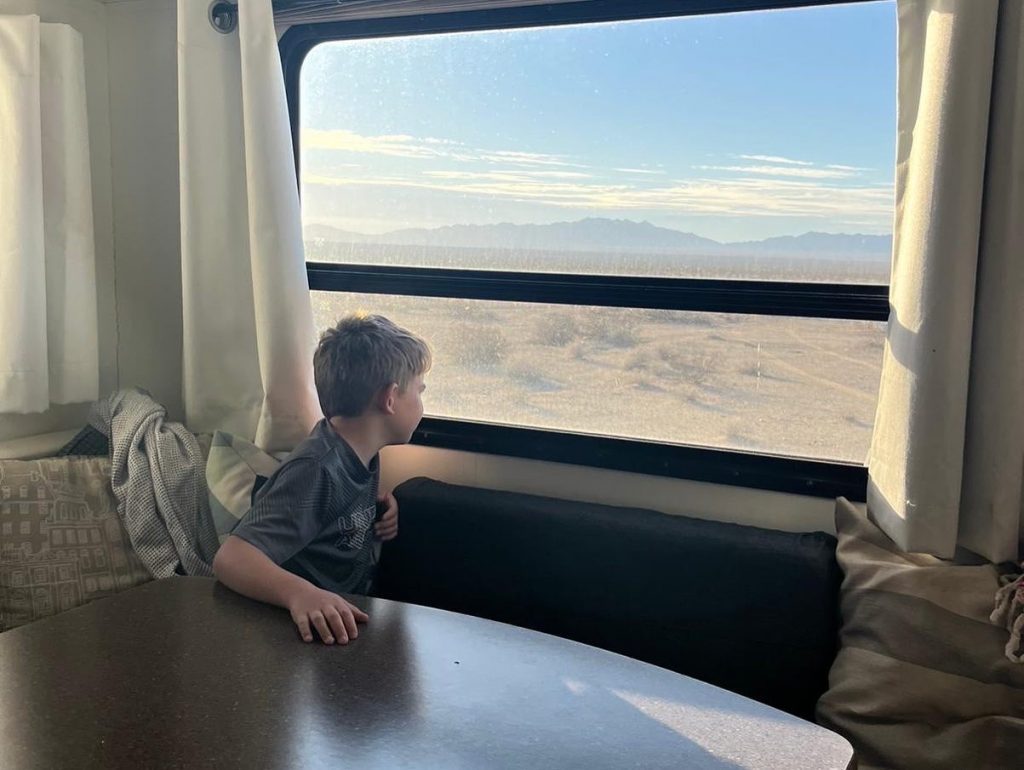
Solar Panels & Batteries for Boondocking on BLM Land
There is so much that could be said about solar panels and batteries if you want to go off-grid with your RV to be self-sustained on BLM land. Generators work well and are fairly reliable. But, maybe you’re going into the desert for some peace and quiet, not to get off-grid and listen to the rumble of a generator.
We had no idea what was involved with solar when friends offered to help us install a few solar panels and lithium batteries on our RV: How much do we need? What’s the best kind? What type of batteries would be best for us? Where is the best location for the equipment?
If you’re unsure where to start, here’s A Novice’s Guide To Solar Panels for an RV.


